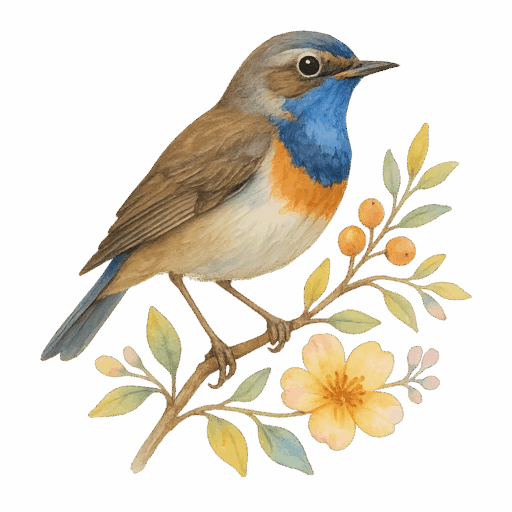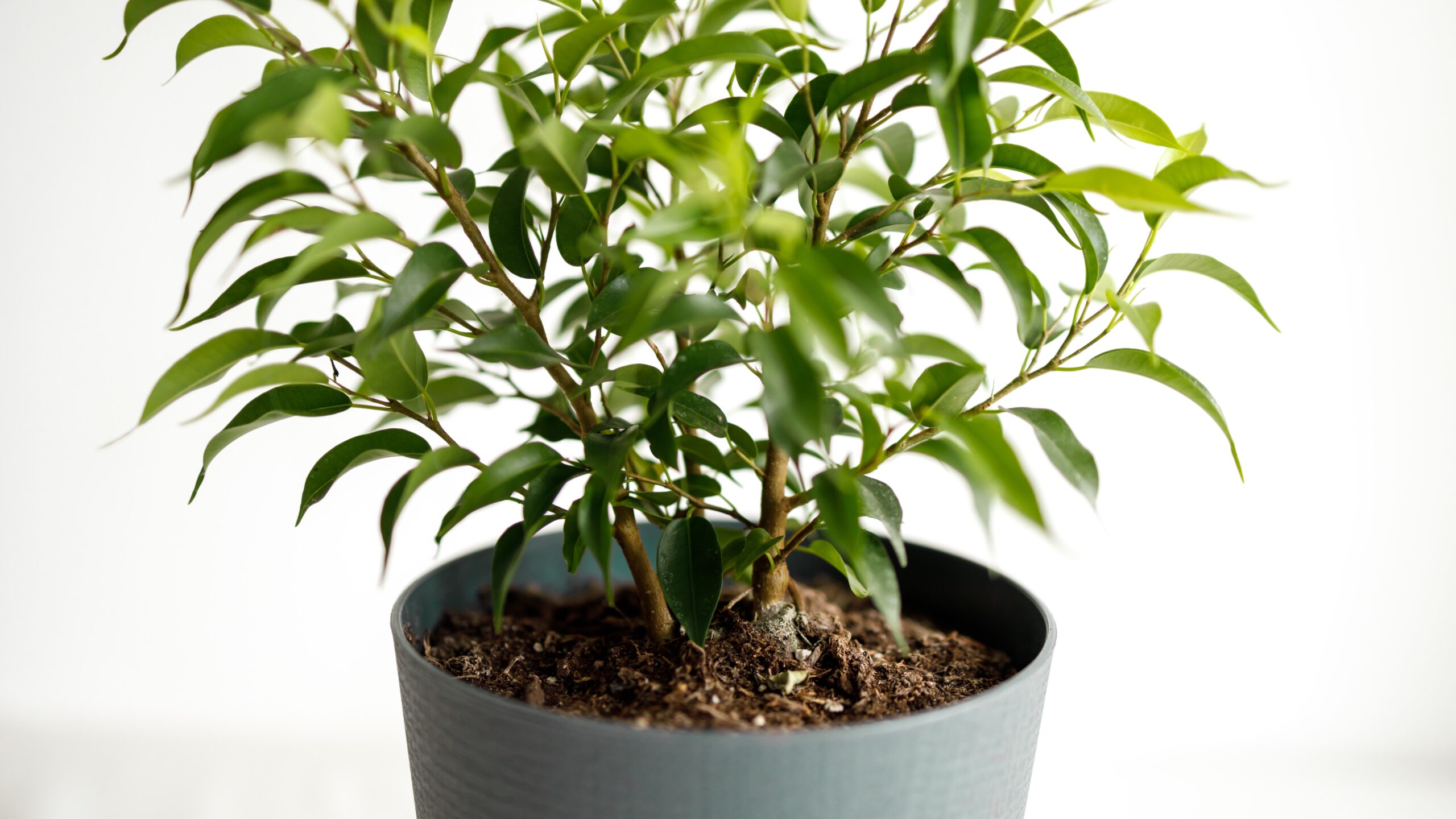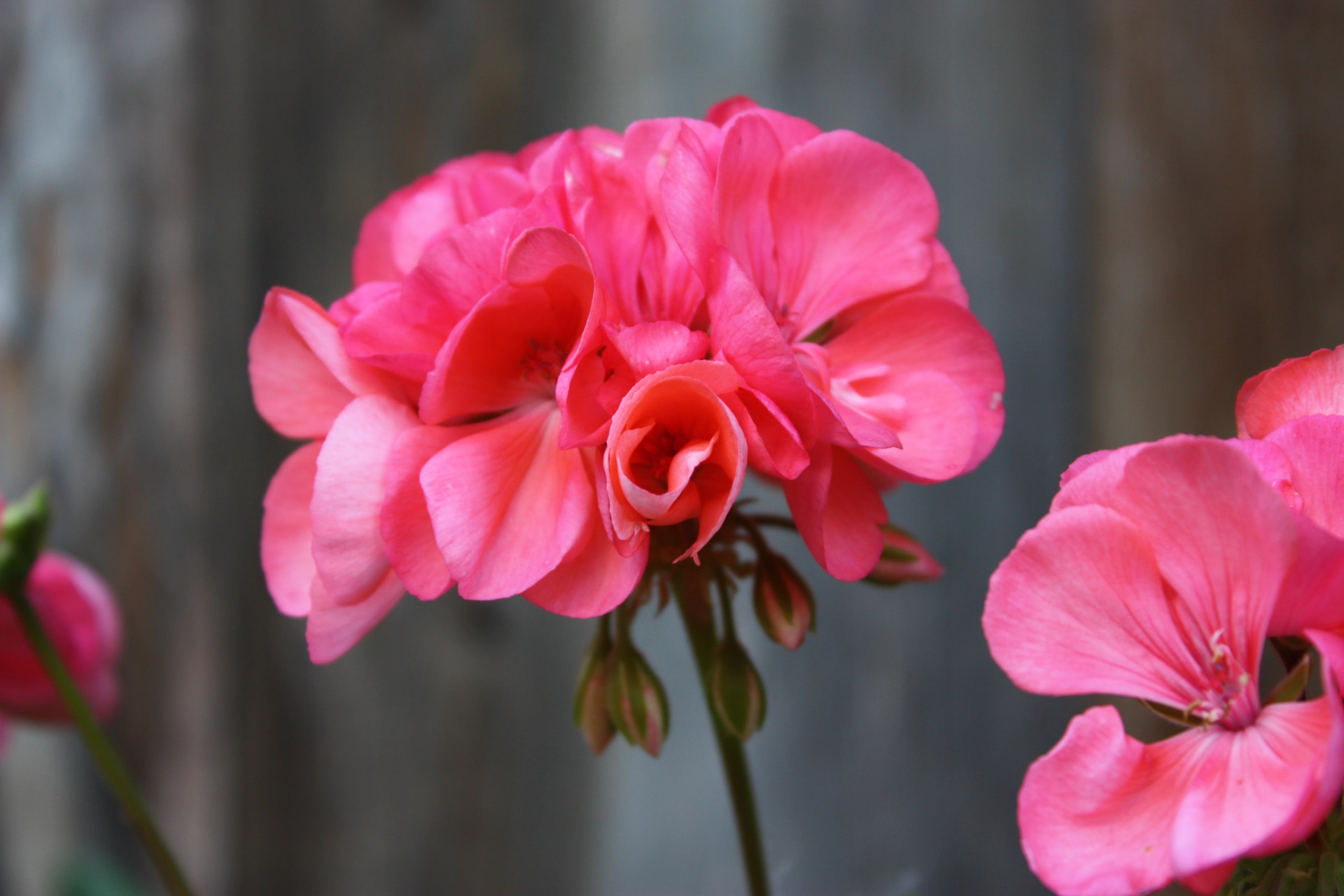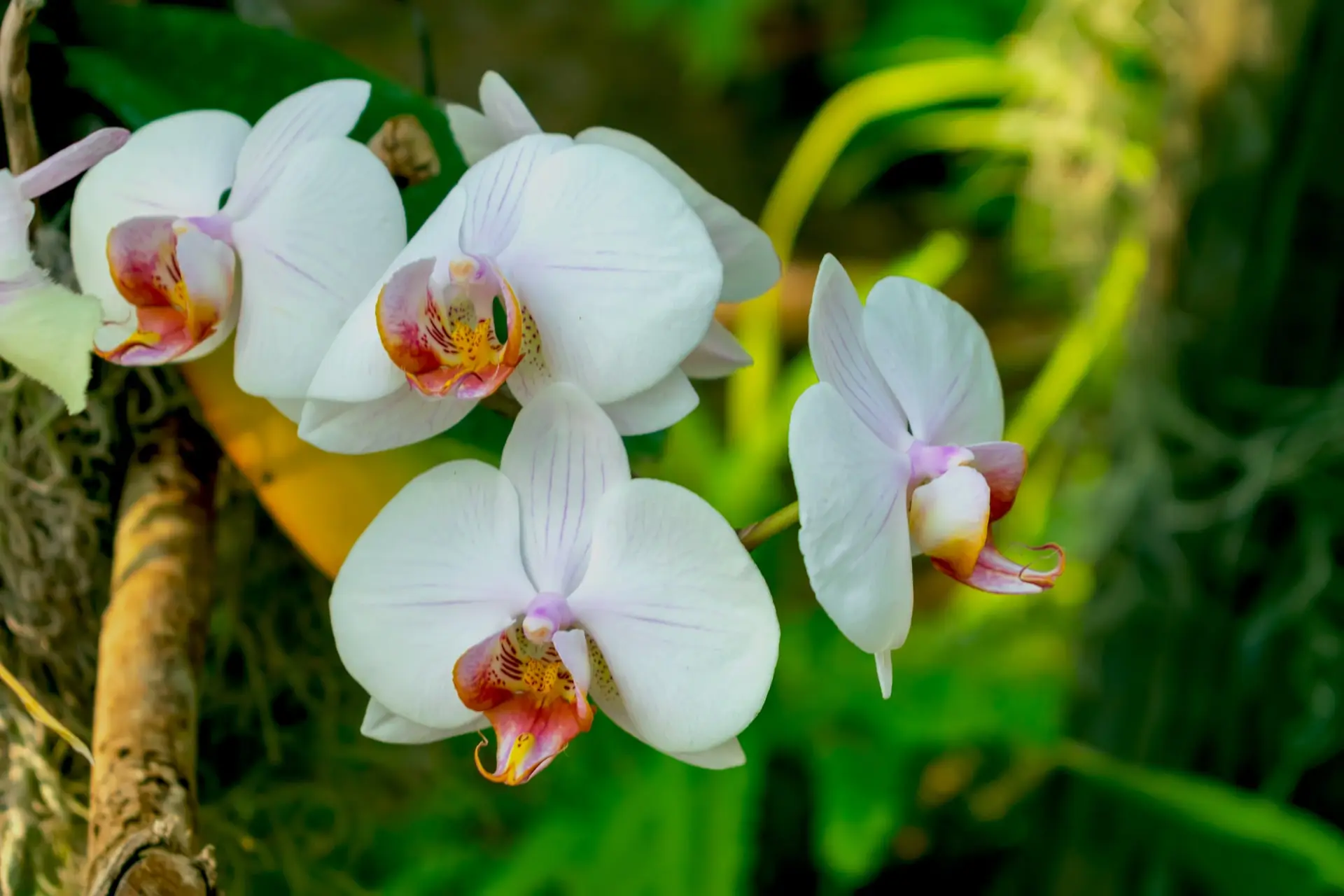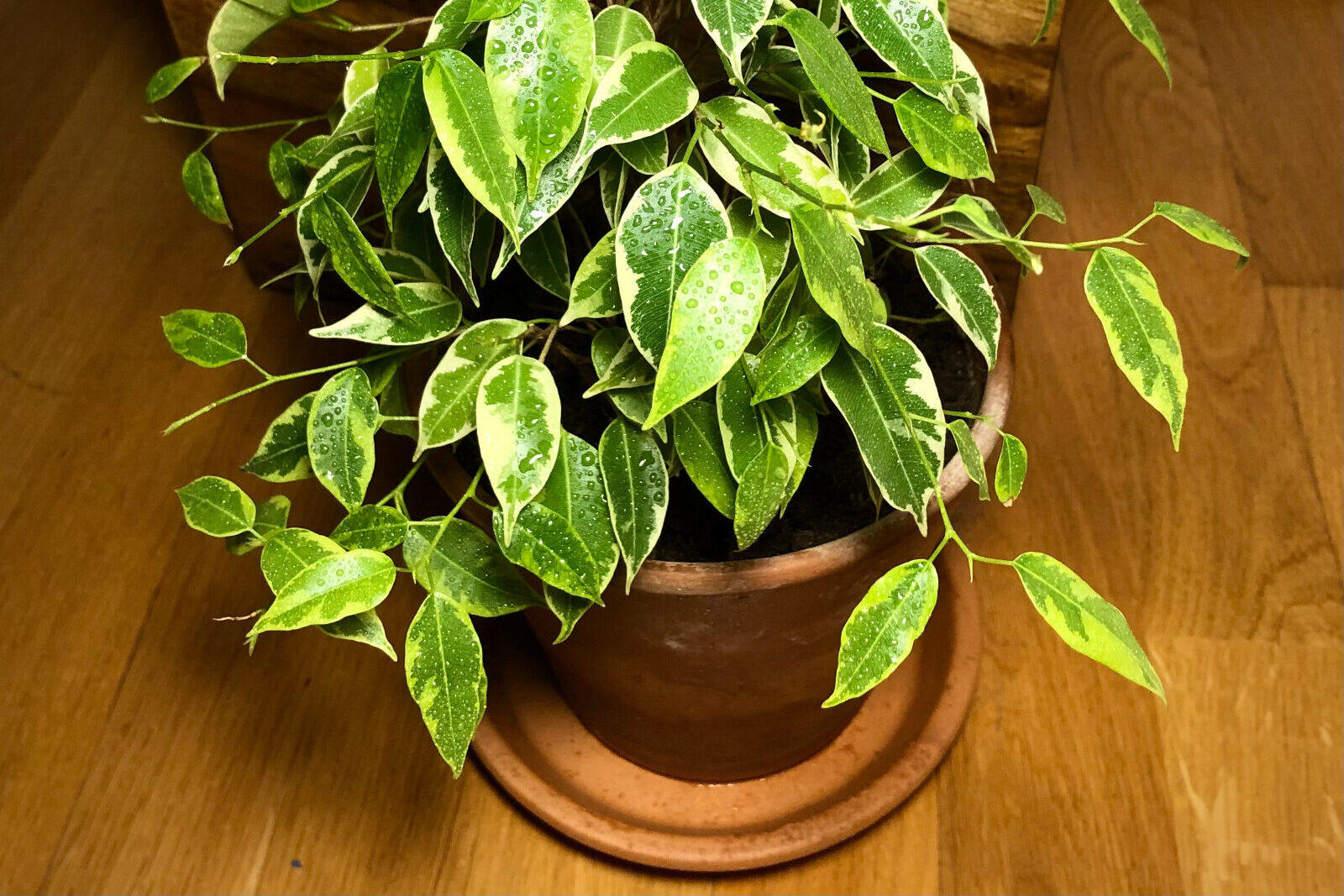
Plant Journal: Ficus benjamina (Weeping Fig)
I’m not a fan of changes. That’s when I shed my leaves like a fussy celebrity. If it feels like home somewhere though, I thrive happily and grow beautiful green foliage.
- Scientific Name: Ficus benjamina
- Common Name: Weeping Fig
- Other Names: Benjamin Fig, Birch Fig, Ficus Tree
- Family Name: Moraceae
Description
Ficus is a popular plant. Given the proper care, it will last you for years. Ficus benjamina is one of the most grown types of ficus. The benjamina species is characterized by dark green drop-shaped leaves that grow tilted downwards from its branches held by a woody trunk. Weeping Figs can also have interesting variegated leaves.
Plant Care
☀️ Light: Ficus loves light. Ideal spot is close to the window with lots of bright indirect light (avoid placing it right in a south facing window during the summer months). Rotate the plant by 1/4 regularly for a nice even shape. Variegated varieties tolerate more light.
💧 Watering & Fertilizing: The best time to water your ficus is when the top of the soil starts to feel dry. Don’t let the substrate dry out completely and become bone dry from top to bottom. The watering frequency depends on the temperature, size of the plant and the pot or planter. Feed your ficus regularly during the growing season – it’s a fast grower, it needs nutrition.
🌿 Common Issues: Ficus benjamina can very quickly react to any change by dropping its leaves. The most common cause is that its environment has changed. Little light, too much light, drafts, overwatering, underwatering… However, weeping figs over time adapt to a suitable spot. With the proper care your ficus doesn’t have to lose a leaf. No worries. :o)
🌷 Propagating: You can shape your fig and produce new growth by pruning and pinching. Ficus can be easily propagated from the cuttings.
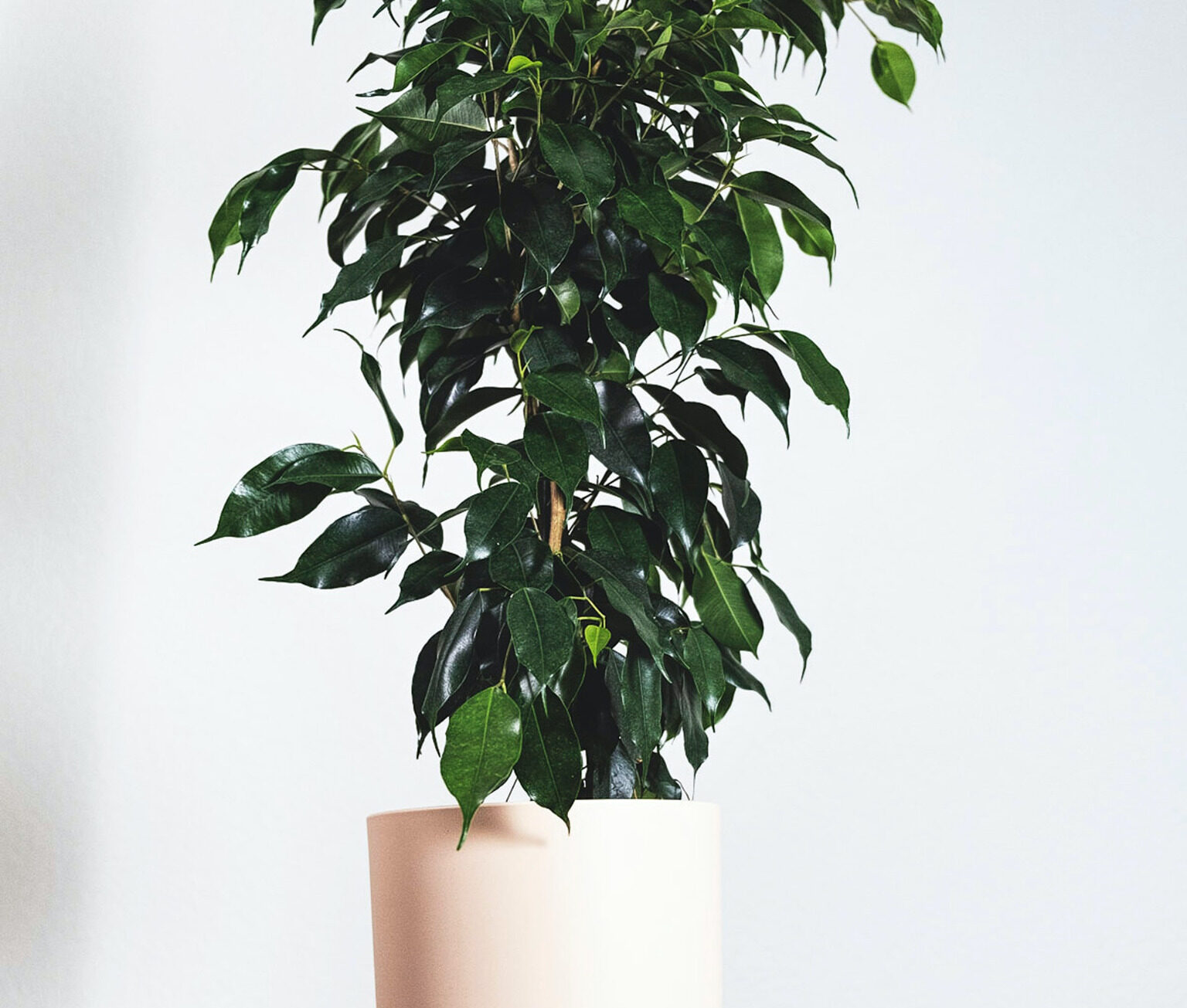
Potential Problems
- Pests: Thrips may be hungry for fresh leaves of your plant’s new growth, leaving behind silvery patches with small black spots on the leaves. The foliage becomes misshapen, damaged, and eventually falls off. Mealy bugs are also enemies to your ficus – they look like white fuzzy cotton-like stuff in the crevices of the foliage. Spider mites and their tiny webs may appear especially when you tend to underwater the plant. Scale – the best weapon is prevention.
- Toxicity: Ficus is toxic to humans and animals when ingested. The white sap (latex) can also cause skin irritations.
Origin
Ficus benjamina is native to Asia, especially India. In natural habitat, ficus grows like a tall large tree.
What are your ficus tips and tricks? 😊🪴🌳
